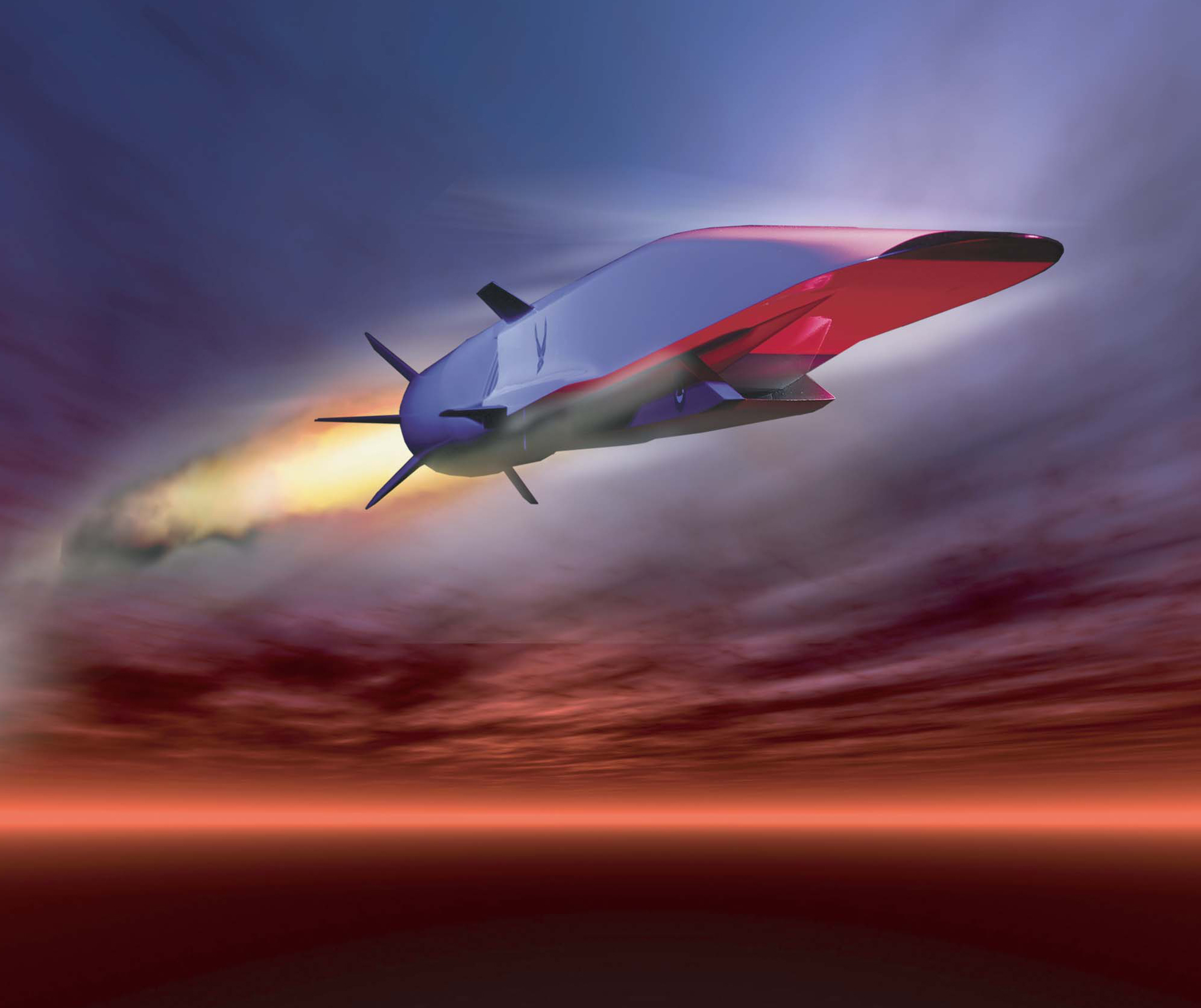HASC to DoD: We’ll Do The Money, You Do A Tech Strategy
Posted on

The X-51A Waverider is set to demonstrate hypersonic flight. (Air Force graphic)
UPDATED FROM STAFF BRIEFING WASHINGTON: The House Armed Services Committee is demanding the Pentagon deliver a roadmap for how it plans to incorporate 5G technologies into its weapons, as part of a push for the military to better track how it is using the new technologies it is so urgently seeking.
The markup, released today, directs the military to begin delivering reports on new technologies “continuously as such technology is developed,” while keeping Congress updated on how it might use new capabilities like hypersonic weapons and artificial intelligence, should the need arise.
The HASC intelligence and emerging threats’ subcommittee markup of the National Defense Authorization Act is an opening salvo from the Hill letting the Pentagon and the White House know what lawmakers’ budget and policy priorities are.
“Technology development often outpaces policy formulation.” the markup says. “For example, the Department is investing significantly in hypersonics, artificial intelligence, directed energy, and other cutting-edge technologies without a cohesive policy regarding development and employment of such capabilities, including the use of these technologies for offensive purposes.”
UPDATE BEGINS “The intent of this provision is compel the Secretary of Defense to take a hard look, clarify roles and responsibilities, and get USDP [the Under Secretary of Defense for Policy] involved way earlier in the process,” a HASC staffer told reporters this afternoon. That includes proper reviews of legal and international treaty implications, as well as broader strategic issues.
“If you look at directed energy, the policy lagged for years,” the staffer said. “They just came out with something comprehensive last year,” well after the Navy had field-tested a working laser in the Persian Gulf
Likewise, on artificial intelligence, “there was a national commission created in last year’s bill, but DoD is still struggling with how do you keep a man in loop, how do you make sure you have integrity of data,” the staffer continued. “We probably should have been having these conversations years ago.”
“We don’t want to [have to] create a commission for every single capability that comes out,” the staffer said. ” “This compels the process [within DoD] and then requires a report to Congress. That will help us oversee it.” UPDATE ENDS
Using the National Defense Strategy as its guide, Pentagon leadership over the past two years has charged hard to find the resources to fund rapid development of technologies like hypersonic missiles, electronic warfare capabilities, precision and long-range munitions, and other leap-ahead technologies. But lawmakers, who are not opposed to spending to stay ahead of advances being made by China and Russia, are somewhat wary.
The subcommittee writes that it “believes the Department should better align policy formulation with technology development in order to promote responsible capability development.”
The DoD’s lead for developing advanced capabilities, James Faist, told reporters last month these are all “really urgent needed missions,” prioritized by the Defense Secretary, the Joint Staff, and the armed services. “These are well defined areas that we’re behind our adversaries,” he said. “We have to catch up.”
The Navy is already working to refit its decades-old China Lake weapons testing and research site in the Mojave Desert to begin hosting hypersonic weapons testing from a variety of platforms. Developing hypersonics is the Pentagon’s “highest technical priority” undersecretary for research and engineering Michael Griffin has said, complaining that China “has tested more hypersonics weapons than we have in a decade. We’ve got to fix that — hypersonics is a game changer.”
The markup would also require the Pentagon to notify Congress when the president gives the military the nod to conduct offensive operations in cyberspace. Last year, in a move the White House said would allow the US to act more decisively in cyberspace, the Trump administration gave the president the power to greenlight offensive cyber attacks.
UPDATE BEGINS Besides requiring quarterly reports to Congress on the cyber National Mission Force, the draft bill includes provisions “strengthening current statutory reporting requirements for sensitive military operations in cyberspace [and] requiring notification to Congress by the secretary of defense when authorities dealing with cyberspace ops are delegated,” the staffer said.
Are these new requirements in response to any specific instance when Congress was not notified? No, “it’s not tied to any single specific lack of communication,” the staffer emphasized.
The main driver is the Trump administration’s new policy, unveiled last fall, of delegating authority to launch offensive cyber operations — tightly controlled by the White House under Obama — down to the Secretary of Defense and potentially further to theater commanders. “There’s been such an evolution over the last year and new guidance from the White House on cyber ops,” the staffer said, “members want to be able to understand what’s been delegated as it’s delegated, not just when the operation occurs.” UPDATE ENDS
The markup on Monday would add definitions to what might be considered a “sensitive military cyber operation” requiring congressional notification, including rules to “further define what offensive and defensive operations constitute a sensitive military cyber operation in order to strengthen oversight.”
Subscribe to our newsletter
Promotions, new products and sales. Directly to your inbox.
